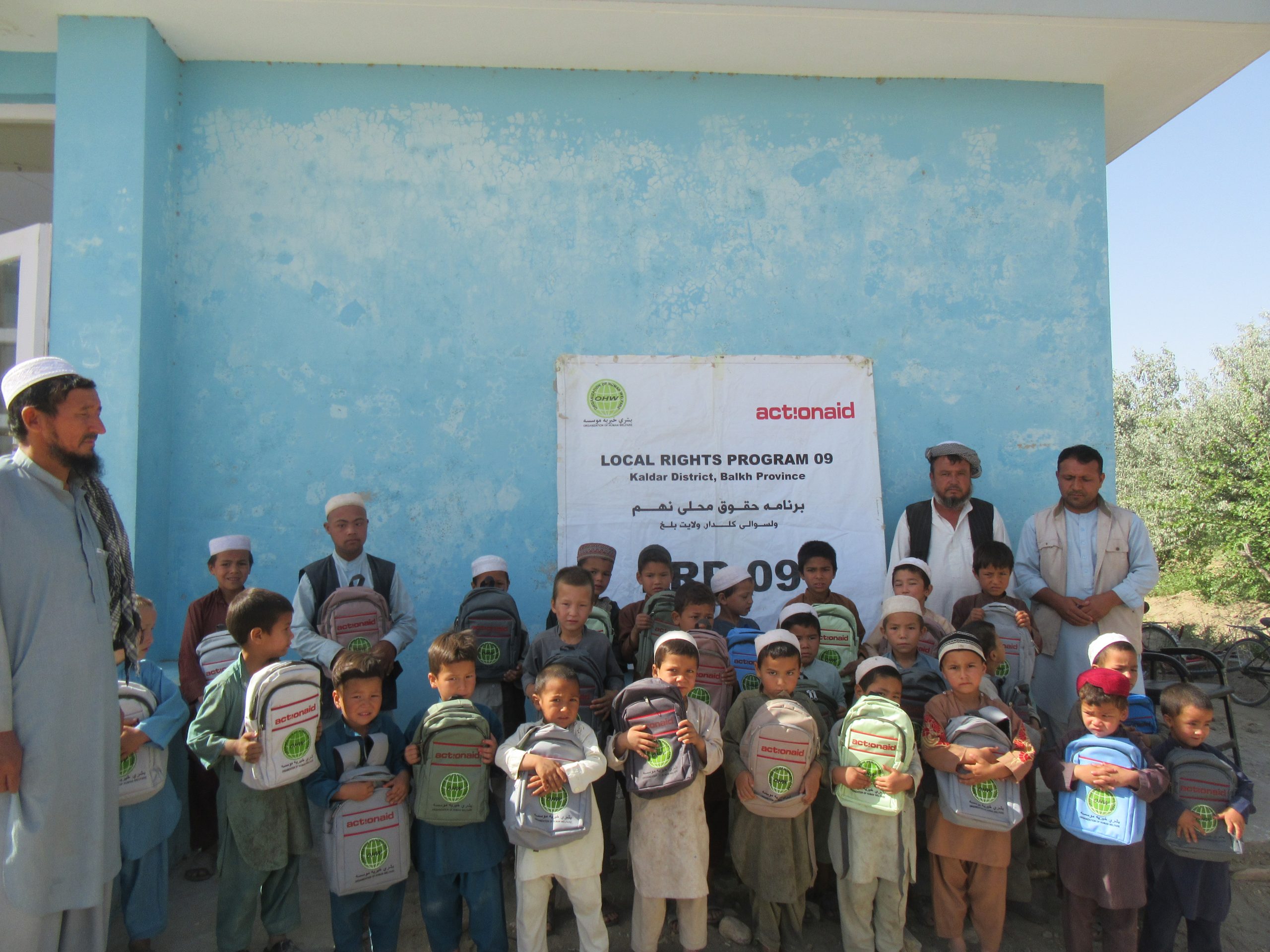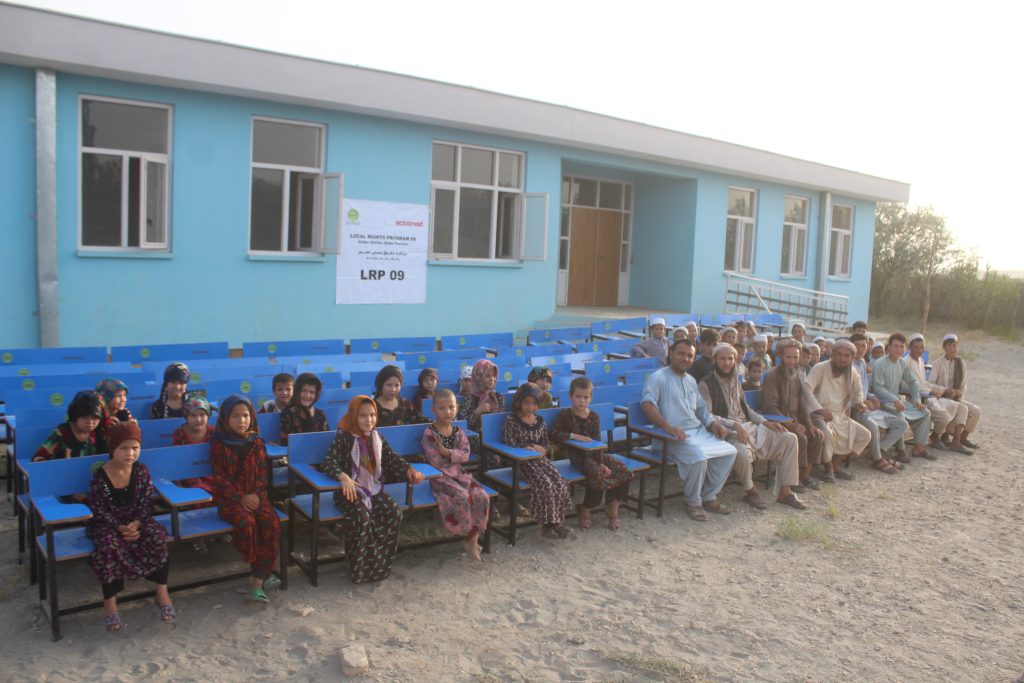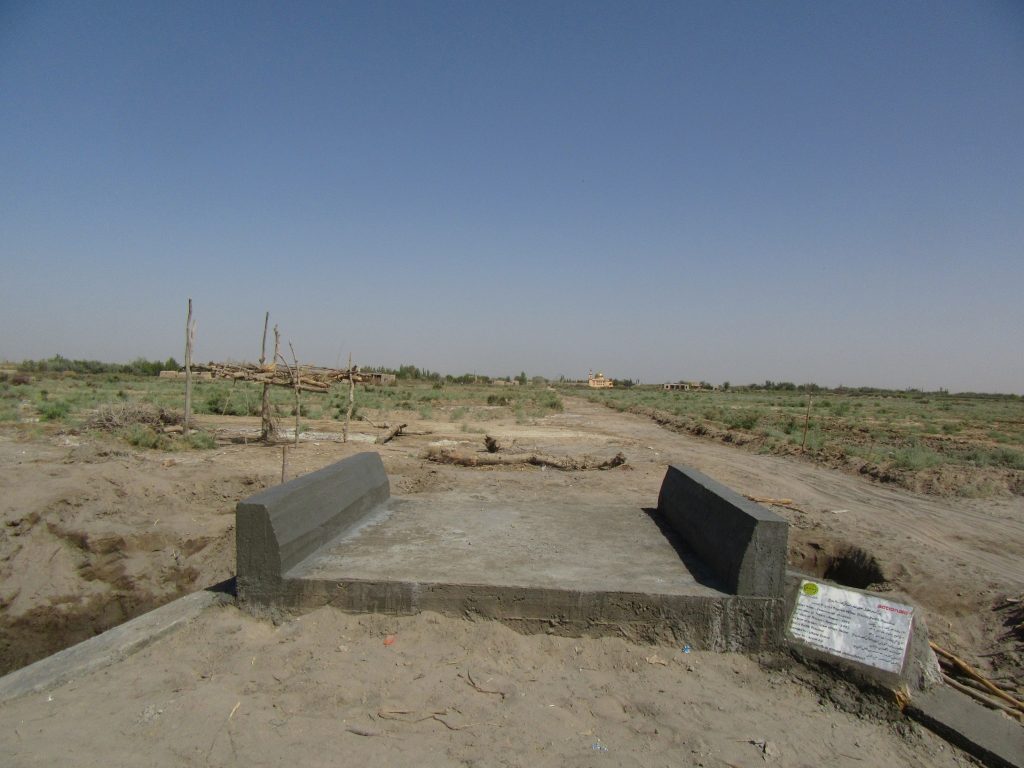Local Rights Program 09

Project Code: LRP09
Province: Balkh
Districts: Kaldar District
Donor: Action aid
Beneficiaries: Host Community
Project Start Date: 01/01/2022
Project End Date: 19/30/2022
Total Directed Beneficiaries: 9073 HHscantiktoto link alternatifbandar togelsitus gacortotoagungbandar totototoagung loginslot gacor 4dagen slotagen slotidn livesitus totoslot gacor 4dgacor4d
Project Overview
Equity and Justice, require us to ensure the realization of our vision for everyone, Irrespective of gender, sexual orientation and gender identity, race, ethnicity, caste, class, age, HIV status, disability, location, and religion.
Integrity requires us to be honest, transparent, and accountable at all levels for the Effectiveness of our actions and our use of resources and openness in our judgments and
Communication with others.
The courage of Conviction requires us to be creative and radical, bold and innovative – without fear of failure – in pursuit of making the greatest possible impact on the causes of poverty, Injustice, and gender inequality.
Independence from any religious or party-political affiliation.
Humility, recognizing that we are part of a wider alliance against poverty and injustice.
Project Goal
Solidarity with People Living in Poverty and Exclusion will be the only bias in our Commitment to the fight against poverty, injustice, and gender inequality
To protect the rights of children, particularly girl children in all our LRPs by promoting their education, development, protection, and participation in social changes.
Project Specific Objectives
List the key objectives of the project in bullets.
STRATEGIC PRIORITY 1: Empowerment of women and girls to lead in breaking the cycle of poverty and violence and gain control over economic resources and livelihood options to live a life with dignity. STRATEGIC PRIORITY 2: Ensuring sustainable food and nutrition security, promoting climate-resilient sustainable agriculture and inclusive livelihoods for the people living in poverty and conflict.
STRATEGIC PRIORITY 3: Building resilience of the right holders to conflicts and disasters and responding to humanitarian issues with people-centered rights-based alternatives, including preparedness, adaptation, and prevention.
STRATEGIC PRIORITY 4: Increasing civic participation and state accountability through youth-led advocacy for quality and gender-responsive public services and fair distribution of resources.
Project Outcome
1. Details of the LRP
1.1. start year and end year 2009 and end July 2022
1.2. Number of families and people reached during the project period Number of families is 9543 (19977 women and 8580 men)
1.3. Number of children reached during the project period Girls 3946 and boys 8801
2. Key Activities are undertaken during the project period (from beginning to end)
• A total of 8712 people including 7335 women and 1377 men) received awareness on violence against women and girls, women`s rights, forced and early marriages through Reflect Circles, religious leaders, community dialogues, training, and events (including 16 Days Activism, International Women`s Day) aiming to decrease gender-based violence in communities and assist women to access to their rights and be an active agent in their societies. In addition, around 16424 people indirectly benefited through these awareness sessions. Now, these women are aware of their rights and can use their rights like having jobs, pursuing education, and taking part in decision-making, and civic and social engagement activities as before, women did not allow to work outside their homes nor they could take part in decision making in the family and society. As a result, the rate of violence decreased in the targeted communities by 60 percent as compared to before when the rate of violence against women was 95 percent. Women are respected in communities more than before and people and community members are supporting women now.
• A total of 1,438 women received Ante-Natal Care and Post-Natal Care training covering 21 Community Development Councils. The women gained knowledge about mother`s nutrition, the benefit of lactation and mother`s milk for new-born babies, risks during pregnancy and delivery, the dose of medication during pregnancy, symptoms of bleeding and causes, basic sanitation and hygiene, emergency care of kids, child intensive and basic care, Tetanus vaccine and child vaccination. As a result, the mortality and morbidity rate of pregnant women have decreased by 4 percent compared to the previous years as the rate of mortality was 7 percent/ per 1,000 live deliveries. This has helped mothers to monitor their health during pregnancy as well as take care of their newborn babies and maintain personal hygiene during pregnancy.
• A total of 6,134 people (including 1500 women, 3234 men, and 1400 girls) received awareness on personal and environmental hygiene aiming to promote health care and hygiene in communities as well as protecting children from seasonal disease. as a result, the rate of awareness between communities increased by 80 percent compared to before which was less than 20 percent. now,90 percent of the community members have an awareness of personal and environmental hygiene. In addition, the rate of seasonal disease among children decreased by 30 percent. Now, children and parents are aware of the topics mentioned above and they are maintaining their environmental and personal hygiene well better than before like washing their hands with soap regularly, taking baths regularly, and cleaning their environment of garbage and other wasted materials.
• A total of 4000 people (2800 women and 1200 men) received nine months of vocational training on embroidery, tailoring, mobile repairing, and dairy processing aiming to create job opportunities for vulnerable women and men in order to find a source of income and decrease poverty in communities. Now, women and men have started their own businesses and they found jobs and a source of income to support their families financially, sending their children to school and feeding their families. In addition, the rate of poverty decreased by 35 percent compared to before which was 65 percent.
• A total of 2444 women received livelihood support including vegetable-certified seeds, calves, goats, fruit trees, and poultry as well as establishing kitchen gardening, aiming to create jobs and a source of income for women on sale of vegetables, dairy, and eggs as well as improving food quality, reducing poverty, encouraging women to animal rearing in communities. Now, women and children have access to healthy and quality food in their daily food and it also assisted to decrease malnutrition among children by 10 percent as before it was 35 percent. In addition, women gained knowledge about the benefits of using vegetables as before they did not have awareness on vegetable benefits nor did they have access to vegetable seeds and cultivation. In addition, women found a source of income on sell vegetables, dairy, and eggs. Moreover, ActionAid established 10 compost pits holes and provided all the equipment like plastic, urea, shovel etc. the purpose of these compost pits hole is to promote organic agriculture system among the community and increase agriculture products. As a result, people’s livelihoods improved 50 per cent. the rate of people accesses to vegetable increased by 80 per cent comparing to before which was 5 per cent. now, 85 per cent of people use vegetable in their daily food. in addition, the rate of poverty decreased by 40 per cent comparing to before which was 65 per cent.
• A total of 4469 people (2529 male and 1940 female ) from different community based structures like child enabling committee members(CECs) Reflect circle ,youth clubs ,youth association , community people, community facilitators and school teachers received trainings on child rights under promoting rights in school mechanism, aiming to increase awareness between teachers, community people on child rights in order to decrease the violence against children in communities and school, creating a good study environment for children in schools as well as preventing children from hard working. As a result, the rights of children protected in school and community and they do not face to any physical and mental violence as before imposed by teachers during school hours. As a result, the rate of violence including verbal and physical violence against students decreased by 45 per cent as before it was 60 per cent.
• Excavating of deep well and installing water network in 12 schools in Kaldar district, aiming to provide safe and clean drinking water for students during school hours as before, students did not have access to clean drinking water during school hour and they brought water by walking 2 – 3 Km distance far from school. By establishing of these water networks, a total of 3890 students (619 girls and 3271 boys) found access to clean and safe drinking water during school hours. The rate of children access to clean drinking water increased by 85 per cent comparing to before which was 15 per cent. Now, 95 per cent of children access to safe drinking water during school hours.
• Constructing of 1200 m3 boundary wall in in 5 schools in order to create safe and secure educational environment for children. A total of 1,283 student (161 girls and 1,122 boys) accessed to safe and protected educational sphere and they attend school in a safe and protected environment.
Photos








